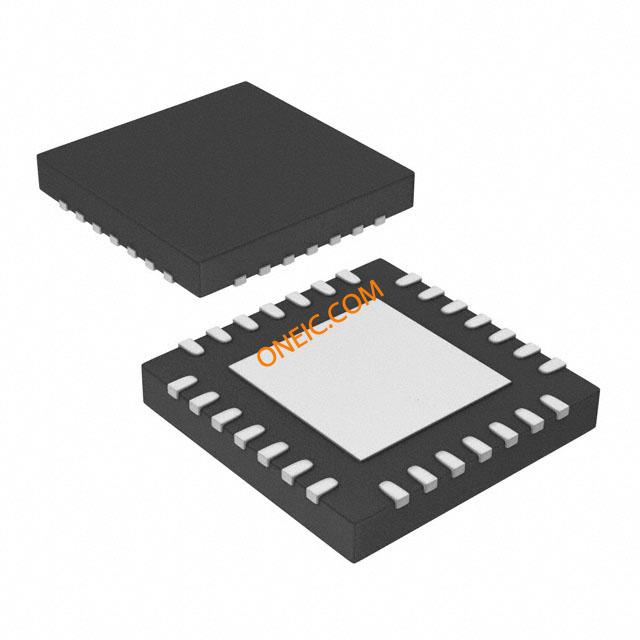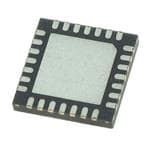PIC16F1936-E/MV
8-bit microcontrollers with 14KB Flash, versatile voltage, UQFN28 package
Manufacturer: microchip
series introduction
# PIC16F1936 - E/MV Product Series Introduction
## 1. Overview
The PIC16F1936 - E/MV is a highly versatile and powerful microcontroller product series from Microchip Technology. These microcontrollers are designed to meet a wide range of embedded system applications, offering a balance of performance, features, and cost - effectiveness. With their advanced architecture and rich set of peripherals, they are well - suited for use in consumer electronics, industrial control, automotive, and many other fields.
## 2. Key Features
### 2.1 Core and Memory
- **CPU Core**: The PIC16F1936 - E/MV is based on the high - performance PIC16 core. It has a Harvard architecture, which separates the program memory and data memory buses, allowing for simultaneous access to instructions and data. This results in faster execution speeds and improved overall performance.
- **Program Memory**: It comes with a generous amount of Flash program memory. The Flash memory is non - volatile, which means that the program code stored in it is retained even when the power is turned off. This allows for easy reprogramming during development and in - field updates.
- **Data Memory**: The microcontroller also has a sufficient amount of Random - Access Memory (RAM) for storing variables and intermediate results during program execution. The RAM provides fast access to data, enabling efficient processing of real - time tasks.
### 2.2 Peripherals
#### 2.2.1 Input/Output (I/O) Ports
- The PIC16F1936 - E/MV is equipped with multiple I/O ports. These ports can be configured as either input or output pins, providing flexibility for interfacing with external devices such as sensors, actuators, and displays.
- Some of the I/O pins support features like pull - up resistors, which can be enabled to simplify the connection of external devices and reduce the need for additional components.
#### 2.2.2 Analog - to - Digital Converter (ADC)
- An integrated ADC is a significant feature of this series. It allows the microcontroller to convert analog signals from sensors (such as temperature sensors, light sensors, etc.) into digital values that can be processed by the CPU.
- The ADC typically has a high resolution, enabling accurate measurement of analog signals. It also supports multiple input channels, allowing for the simultaneous sampling of different analog sources.
#### 2.2.3 Timer/Counters
- There are several timer/counter modules available in the PIC16F1936 - E/MV. These timers can be used for a variety of purposes, such as generating time delays, measuring time intervals, and generating pulse - width modulation (PWM) signals.
- PWM signals are commonly used for controlling the speed of motors, adjusting the brightness of LEDs, and other applications that require variable power control.
#### 2.2.4 Communication Interfaces
- **Universal Asynchronous Receiver/Transmitter (UART)**: This interface enables serial communication with other devices, such as computers, sensors, or other microcontrollers. It is widely used for data transfer over long distances and for communication with external modules.
- **Serial Peripheral Interface (SPI)**: SPI is a high - speed serial communication protocol that allows for fast data transfer between the microcontroller and other SPI - compatible devices, such as memory chips, displays, and sensors.
- **Inter - Integrated Circuit (I2C)**: The I2C interface is a multi - master, multi - slave serial communication protocol. It is commonly used for connecting low - speed devices, such as sensors and EEPROMs, in a compact and efficient way.
## 3. Power Management
The PIC16F1936 - E/MV
Images for reference

28-UFQFN

28-UQFN C04-126 ML

Image Preview